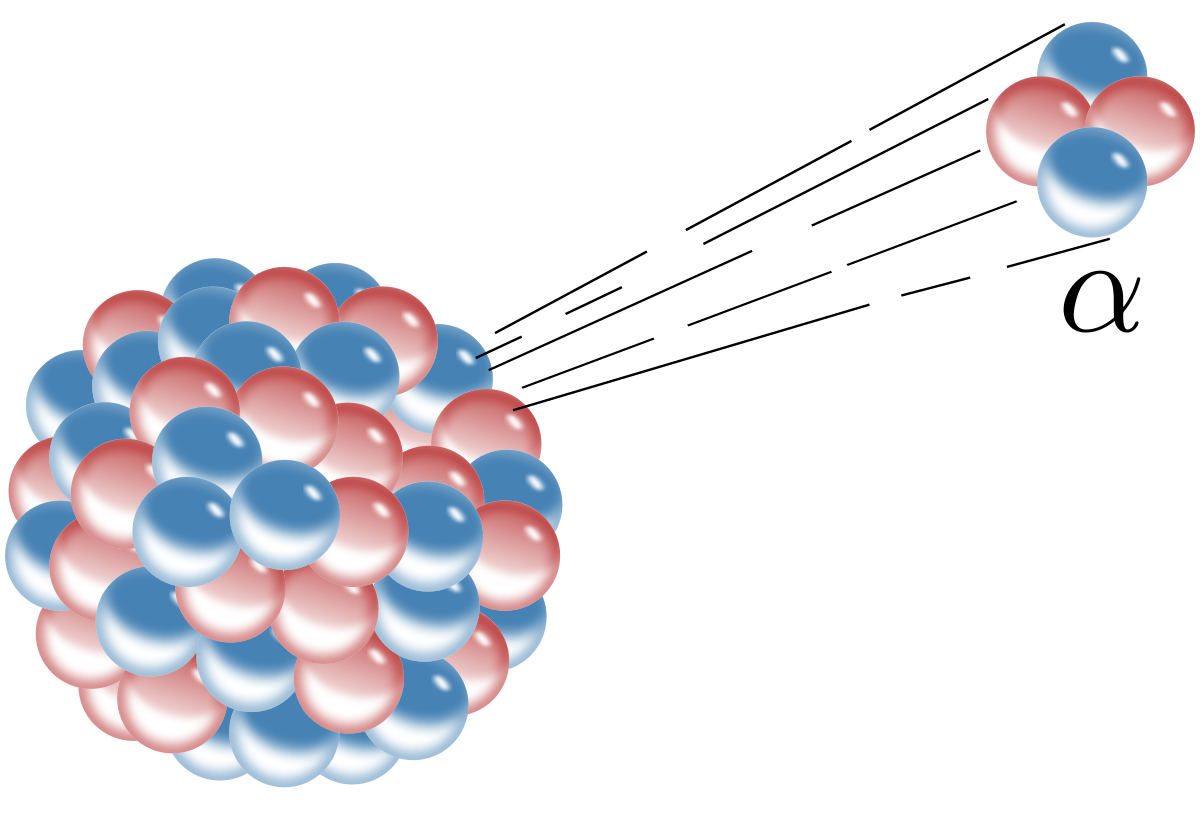InGaP/GaAs/Ge triple junction solar cells were irradiated with 5.1 MeV alpha solar particles with different fluences. Degradations in the optical and electrical properties of InGaP/GaAs/Ge solar cells include short circuit current (Isc), open circuit voltage (Voc), maximum power (Pmax), spectral response (SR) and photoluminescence (PL) versus 5.1 MeV alpha-particle fluence. . Decay modeling of Isc and Voc under 1 MeV, 3 MeV and 5.1 MeV alpha particle irradiation was carried out by calculating the entry rate and minority carrier capture cross section of non-radiative recombination centers, and the results were in good agreement with the experimental data. For comparison, Isc and Voc decays were presented under 1 MeV and 3 MeV proton irradiation.
The near-Earth space radiation environment in which solar cells are deployed consists mainly of electrons and protons trapped in the Earth’s radiation belts. Specifically, galactic cosmic rays (GCRs) consist of 87% protons, 12% alpha solar particles, and 1% heavier ions, while solar particle events (SPEs) consist of 96.4% protons, 3.5% alpha particles, and 0% It consists of heavier ions than 1. However, this does not mean that alpha particles and heavier ions in GCRs and SPEs can be ignored, despite their small percentage. Protons and alpha solar particles, as well as heavier ions, degrade the optical and electrical properties of solar cells. Additionally, as particles in GCRs and SPEs travel through the earth’s atmosphere, they interact with the electrons and nuclei of atoms in the atmosphere, causing the production of secondary particles. These secondary particles can also cause solar cells to fail. Therefore, it is necessary to study the response of solar cells under different particle irradiation in order to meet the high reliability and long life requirements for spacecraft.





